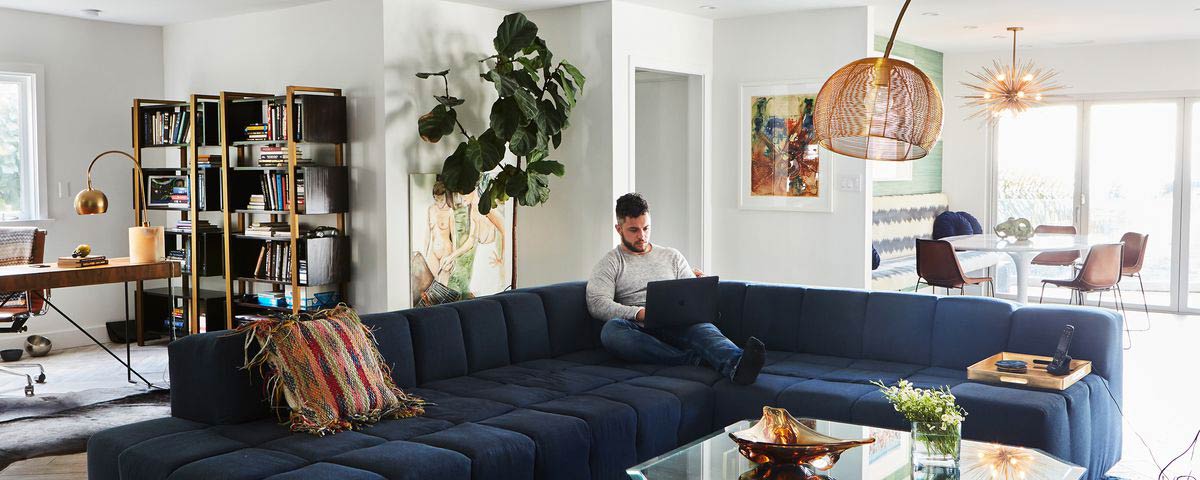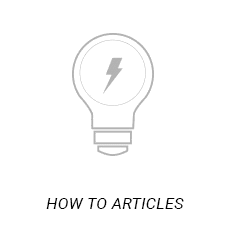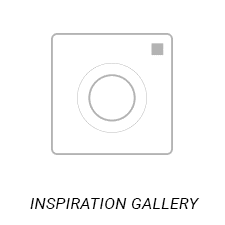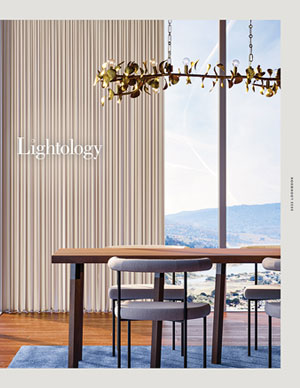- Showroom
- Design Services
- Support Center
- |(866) 954-4489

Human-centric Lighting
With quality of light, comes quality of life.
How to measure light Explore the TechnologyLighting is crucial to life on our planet. It helps us wake in the morning, work throughout the day, and wind down in the evening. As technology evolves and our lives become increasingly reliant on it, knowledge and research are essential in choosing the lights that surround us.
What is wellness lighting and how exactly does it affect our lives? Why does a sunset help us feel relaxed? Why are we more productive under bright, white light? The answers lie deeply embedded in our evolutionary biology, and Human-Centric Lighting (HCL) is giving us control.
A Moment of Science
In 2017, the Nobel prize in Physiology or Medicine was awarded to Jeffrey C. Hall, Michael Rosbash and Michael W. Young for their discoveries of molecular mechanisms controlling the Circadian Rhythm - a discovery that’s driving lighting research to grow by leaps and bounds.
Humans are wired to adapt with the sun. When the sun is orange and rising, so is our blood pressure and body temperature. When the sun is at its peak in a cool, blue sky, we’re highly alert and active. As the sun sets in an amber glow, melatonin kicks in and we begin to wind down. The hues and brightness cast from the sun all coordinate with our Circadian Rhythm - the biological process that keeps us happy, healthy and in sync.

For many of us, our days are spent under office lights, behind computer screens or staring at our smartphones. In fact, 90% of our day is now spent indoors, dramatically affecting our Circadian Rhythms, thanks to evening TV binges and 1 AM emails.
But not all lighting is created equal. Every year, researchers at the International Association of Lighting (IALD), the American Lighting Association (ALA), LightingEurope (and countless others) discover powerful new ways in which light influences our wellbeing. Blue light LED, the same LEDs found in smartphones and computer screens, has come under scientific scrutiny for potential health impacts. Bright white LEDs (caused by high levels of blue light) have been shown to affect human sleep cycles, birds’ migratory patterns and sea turtles nesting along the coast.
Fortunately, lighting technology is evolving. Today’s LEDs can mimic nature, give us total control, and alleviate any health concerns, returning our rhythms to their natural state.
Here’s a look at a case study from the Department of Energy that highlights the dramatic impact Tunable White LED lighting had on health, mind and Circadian Rhythm at the ACC Care Center – a local nursing home – in Sacramento.
- Customer Service
- Get started
- Design Services
- Company






